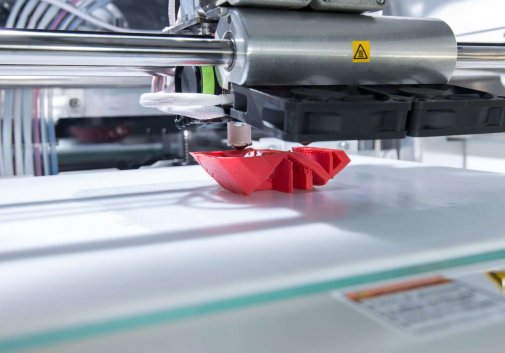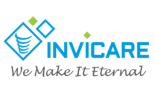
Hydrogels bio-inks for 3D-printing
In an article published in the prestigious Journal of Materials Chemistry in June of 2018, a research group in China has succeeded in using INViCARE’s crystalline hydrogel as a bio-ink for 3D bioprinting application [1]
3D bioprinting is a technique that uses 3D printing to combine different biomaterials into a bio-ink, in order to produce tissues, organs or even gels and scaffolds. As a consequence, 3D-bioprinting presents promising applications in regenerative medicine, such as bone healing.
In order to obtain a bioprint, it is essential to have a bio-ink that is both biocompatible and highly printable. However these two qualities often act antagonistically.
Hydrogels generally make good bioinks, especially when made of inorganic materials like sodium, magnesium and phosphate. Indeed, they possess good bone healing properties, as well as an excellent bioactivity, biocompatibility and very interesting mechanical properties.
In fact, inorganic materials are generally hard to print, but INViCARE’s crystalline hydrogel shows extreme thixotropic property. This means that the gel can change its viscosity based on the pressure that is exerted on it, becoming liquid when shaken, and viscous at rest. This property makes the hydrogel highly printable, while it maintains a good biocompatibility.
This article therefore demonstrates the promising future, and the pioneering status of the technology used by INViCARE, its application and its delivery.
—
INViCARE is a Montreal-based dental Startup that seeks to revolutionize the field of dental implant maintenance and implantology in general by manufacturing Neophylaxis, a 2D-hydrogel developed for dental implant care.

Call Us
438-931-2178
Reach Us
1250 Rue Guy Suit #600
Montreal, Quebec, H3H 2L3